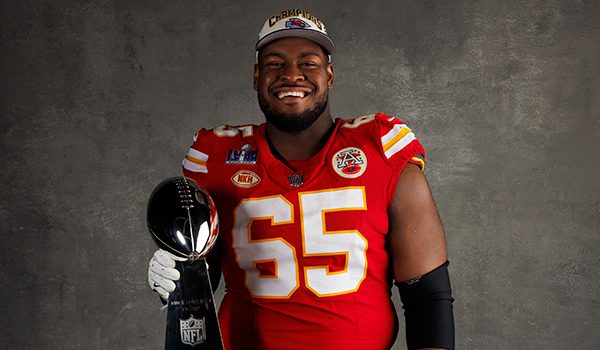Today, we interviewed curator Yani Dong Of ‘Tomatoland’ and what we learned from her.
1. Hi Yani, could you please give us a brief introduction about your latestpop-up ‘Tomatoland’?
 Hi! Thanks for inviting me to join today’s interview. This pop-up is about a tomato’s journey in New York City. All installations inside were things appeared in our everyday life scenes like fridge, paper roll, and bread loaf but designed into exaggerated sizes to show people the environmental struggles created by us. The main idea is to educate people about environmental problems in a fun way.
Hi! Thanks for inviting me to join today’s interview. This pop-up is about a tomato’s journey in New York City. All installations inside were things appeared in our everyday life scenes like fridge, paper roll, and bread loaf but designed into exaggerated sizes to show people the environmental struggles created by us. The main idea is to educate people about environmental problems in a fun way.
2. We are curious – why did you choose ‘Dr. Tomato’ as the main character?Is there any story behind ‘Dr. Tomato? What’s the prototype of ‘Dr.Tomato’?
The prototype of Dr.Tomato is one of my scientist friends, Pelayo Salinas, who works in Galapagos and who’s dedicated to shark conservation. We first met in Galapagos years ago, and I have participated in some of his conservation projects. He is an environmentalist and always devotes himself to protecting wild animals and the planet. When I worked with him, his passion inspired me to create ‘Tomatoland’.
3. There were so many symbols or stuff that can be selected as the main character. Why did you only choose ‘tomato’?
The reason is very simple, not only because tomato is considered as a healthy food but also Pelayo has a round face and he is an introverted person who blushes all the time that reminds me of a tomato lol.
4. Haha, that’s funny! How long did you prepare this pop-up? What’s the crucial difficulty during your preparation?
I have always wanted to create a pop-up in the environment conservation theme and to tell people aboutour storymy perspectives on environmental problems. From the initial idea to opening, it took only 4 months, but I spent 2 years planning the whole project. The main difficulty is to convert this invisible concept into a physical exhibition – for example, how to present the food waste problem via tomato-related design. Another main difficulty is the make of our huge installations and their transportation from China to the United States because of their enormous size and number.
5. How does your traveling or diving experience affect your creation on the pop-up?
 Because of my diving experience, I am closer to ocean and underwater animals than people without that experience. I see how beautiful and crucial the ocean is to us. Thus, I really want to use my own profession to educate people on ocean conservation and ocean environment protection.
Because of my diving experience, I am closer to ocean and underwater animals than people without that experience. I see how beautiful and crucial the ocean is to us. Thus, I really want to use my own profession to educate people on ocean conservation and ocean environment protection.
6. What do you think visitors would learn from this pop-up?
There is nothing deep in this pop-up. The reason I used common things as the main focus of this exhibition is that I hope our audiences could get the idea right away and remember the knowledge I wanted to promote while having fun.
7. What’s the future plans for Tomatoland? Will it open in other cities in the U.S?
Yes, when our pop-up in New York was still opened, we started getting many requests and questions on our social media platform on other locations of Tomatoland. We already have plans for that in Hawaii and Los Angeles, and even in other countries.
8. What’s your expectation for Tomatoland?
I really hope it can open in as many cities as possible, while it’s nothing about the money but I want more people to know what Pelayo and other environmentalists are doing for this planet and the importance of protecting our environment.
9. What’s the biggest difference between Tomatoland and your other exhibitions?
It’s the first time for me to do a project that requires teams in China and the United States to work together. And usually I am mainly responsible for the curating and manufacturing and only advising on other parts, while this time, from picking the location to marketing, I was in charge of every detail.
Read more celebrity interviews at ClichéMag.com
Images provided by Creative Commons, Flickr, Unsplash, Pexels & Pixabay




